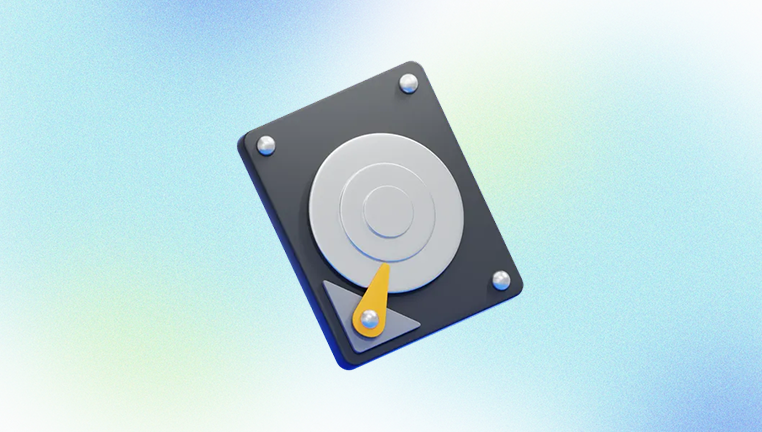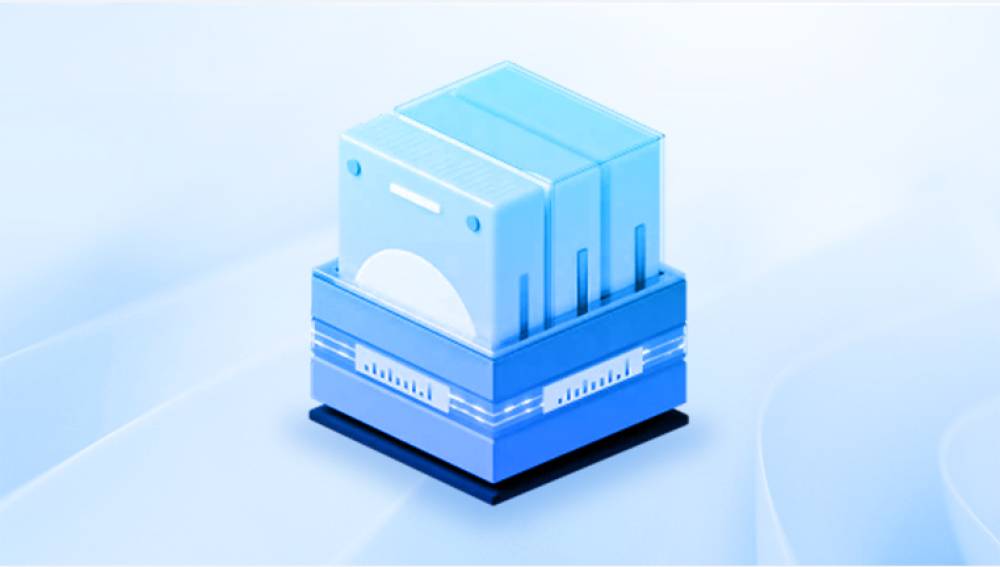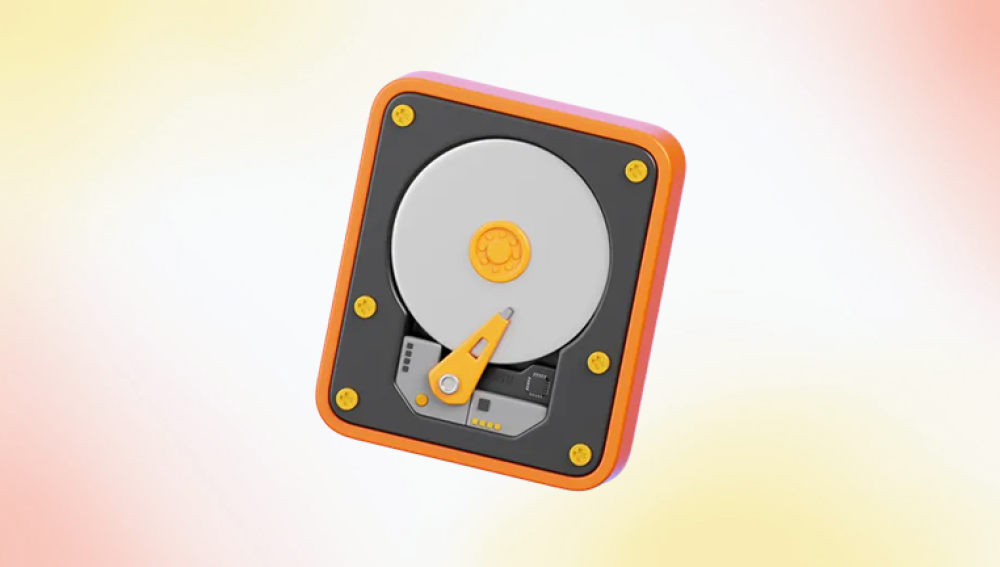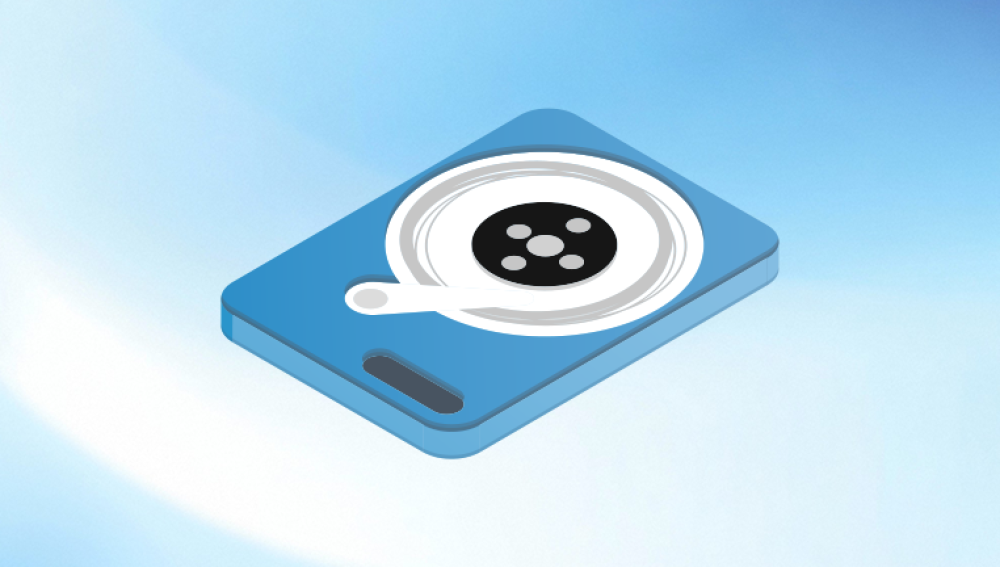Western Digital (WD) is one of the most trusted names in the storage industry. From personal use to enterprise-grade solutions, WD hard drives are known for reliability, performance, and capacity. Whether it’s an external WD My Passport or an internal WD Blue, Green, or Black HDD, these devices store enormous volumes of personal, professional, and irreplaceable data.
But even the most reliable drives aren’t immune to problems. Accidental deletions, formatting errors, file system corruption, power failures, malware attacks, or mechanical failures can render your WD hard drive inaccessible and put your data at risk.
Chapter 1: Data Loss on Western Digital Hard Drives
1.1 Common Types of WD Drives
Internal Hard Drives: WD Blue, Black, Red, Green.
External Hard Drives: WD Elements, My Book, My Passport.

NAS Drives: WD Red Plus, WD Red Pro.
SSD Drives: WD Blue/Black NVMe SSDs.
1.2 Causes of Data Loss
Logical Failures:
Accidental Deletion: Files removed from the drive, bypassing the Recycle Bin.
Formatting: Quick or full formatting without backup.
Corrupted File System: NTFS/FAT32/ExFAT becoming unreadable.
Partition Loss: Deletion or misconfiguration of partitions.
Virus or Malware: Hidden, encrypted, or deleted data.
Physical Failures:
Mechanical Issues: Clicking or grinding sounds, slow read/write performance.
Power Surges: Sudden outages damaging drive electronics.
Overheating: Prolonged high temperatures degrading drive components.
Dropped or Shocked Drive: Especially damaging for external WD drives.
Understanding the root cause helps determine whether software or hardware-level recovery is needed.
Chapter 2: Can You Recover Data from a WD Hard Disk?
Yes, data recovery is possible in many cases—especially if:
The drive is recognized by your computer.
The drive spins up and doesn’t make unusual noises.
Data wasn’t overwritten after deletion or formatting.
Damage is logical, not mechanical.
If the drive is physically damaged, avoid using it. Powering it on could worsen the damage. In such cases, seek professional recovery.
Chapter 3: First Steps After Data Loss
Before attempting any recovery:
3.1 Stop Using the Drive
Further activity can overwrite recoverable files.
3.2 Check Connections
Ensure USB cables or SATA connections are secure. Try another port or PC.
3.3 Listen for Sounds
Clicking, grinding, or no spinning could indicate hardware failure.
3.4 Access Disk Management
If the drive shows as RAW, unallocated, or missing a drive letter, it’s a sign of logical error.
Chapter 4: Free and DIY Recovery Methods
4.1 Using Data Recovery Software (for Logical Failures)
Drecov Data Recovery
Drecov Data Recovery offers an efficient and user-friendly solution for recovering lost or deleted data from Western Digital (WD) hard drives. Whether you're using a WD My Passport, WD Elements, or an internal WD Blue or Black series drive, Panda is designed to help restore lost files quickly without requiring deep technical skills or expensive professional services.
Western Digital hard drives are known for reliability, but data loss can still occur due to accidental deletion, formatting, file system corruption, partition loss, or malware. Drecov Data Recovery addresses these issues with powerful scanning algorithms that can locate and restore photos, videos, documents, and other file types—even from drives that appear inaccessible.
One of Panda’s standout features is its intuitive interface, allowing users to select their WD hard drive, choose between quick and deep scan modes, preview recoverable files, and restore them with just a few clicks. It supports all major file systems including NTFS, FAT32. and exFAT, making it compatible with nearly every Western Digital drive configuration.
5.1 Scenario: Accidentally Deleted Files
Step-by-Step with Recuva:
Download and install Recuva (on a separate drive).
Launch the software and choose the file type.
Select the Western Digital drive.
Run a quick scan. If unsuccessful, try a deep scan.
Preview recoverable files.
Choose files to restore and save them to another drive.
5.2 Scenario: Formatted WD Drive
Use PhotoRec or EaseUS for deep scans:
Download and run the tool.
Select the affected WD drive.
Start a deep scan.
Browse and recover found files.
5.3 Scenario: Drive Shows as RAW or Unallocated
Use TestDisk to repair partition or create a new one after backup.
Chapter 6: Western Digital Data Recovery Software – WD’s Own Tool
WD Data Lifeguard Diagnostics (For Testing, Not Recovery)
Western Digital offers a diagnostic tool to test the health of your drives:
Run tests to identify bad sectors.
View SMART data.
Note: This tool does not recover data—it helps detect if the drive is failing.
Chapter 7: Common Errors and Fixes
7.1 “You need to format the disk before you can use it”
Do not format.
Use PhotoRec or EaseUS to recover files first.
7.2 WD Drive Not Showing Up in File Explorer
Check Disk Management.
Assign a drive letter if missing.
Update or reinstall drivers.
7.3 Clicking or Beeping Sounds
Stop immediately.
Indicates mechanical failure.
Send to professionals.
Chapter 8: When to Use Professional Data Recovery Services
Signs You Need Help:
Drive not recognized in BIOS or OS.
Physical damage (burnt smell, dropped, wet).
Clicking or grinding noises.
DIY recovery fails or recovers corrupted files.
Leading Services:
Ontrack
DriveSavers
Gillware
Secure Data Recovery
What to Expect:
Diagnosis: Usually free or low-cost.
Cleanroom Recovery: In sterile environments.
Cost: $300 to $2000+ depending on severity.
Success Rate: 80–95% for logical damage; lower for mechanical.
Important: Do not open the drive yourself—it can destroy your data permanently.
Chapter 9: Data Recovery for WD External Drives
External drives like WD My Passport, WD Elements, or My Book sometimes come with hardware encryption. Recovery may be more complex.
Tips:
Use WD Backup or SmartWare software if previously used.
Avoid disassembling external WD drives—hardware encryption is tied to controller boards.
Use recovery software that recognizes logical partitions, not just physical drives.
Chapter 10: Backing Up to Prevent Future Data Loss
10.1 Use the 3-2-1 Backup Rule
3 Copies of your data.
2 Different types of media (e.g., internal and cloud).
1 Offsite copy (e.g., cloud or external stored elsewhere).
10.2 Recommended Tools:
WD Backup (for WD drives)
Windows File History
Mac Time Machine
Acronis True Image
Google Drive, Dropbox, OneDrive
Chapter 11: Maintaining WD Hard Drive Health
11.1 Tips to Extend Drive Life
Avoid overheating—ensure good airflow.
Use surge protectors or UPS.
Don’t drop or shock external drives.
Don’t overfill—leave 15–20% free space.
Run SMART diagnostics periodically.
11.2 Software for Monitoring
CrystalDiskInfo
Hard Disk Sentinel
WD Dashboard (for SSDs)
Chapter 12: Recovering Data from WD SSDs
Though more resilient than HDDs, SSDs present unique recovery challenges due to TRIM commands that actively erase deleted data.
Tips:
Stop using the SSD immediately after data loss.
Use tools like Disk Drill or R-Studio that support SSD recovery.
If the SSD is physically damaged, professional recovery may be required.
Western Digital hard drives are highly reliable, but no storage medium is fail-proof. Whether your data loss stems from accidental deletion, formatting, logical corruption, or physical damage, recovery is often possible especially if you act quickly and follow the correct procedures.
For logical issues, free software tools like Recuva, PhotoRec, and TestDisk provide powerful, cost-effective recovery solutions. When software isn’t enough, trusted professional recovery services offer specialized cleanroom techniques to retrieve data from even the most damaged drives.




